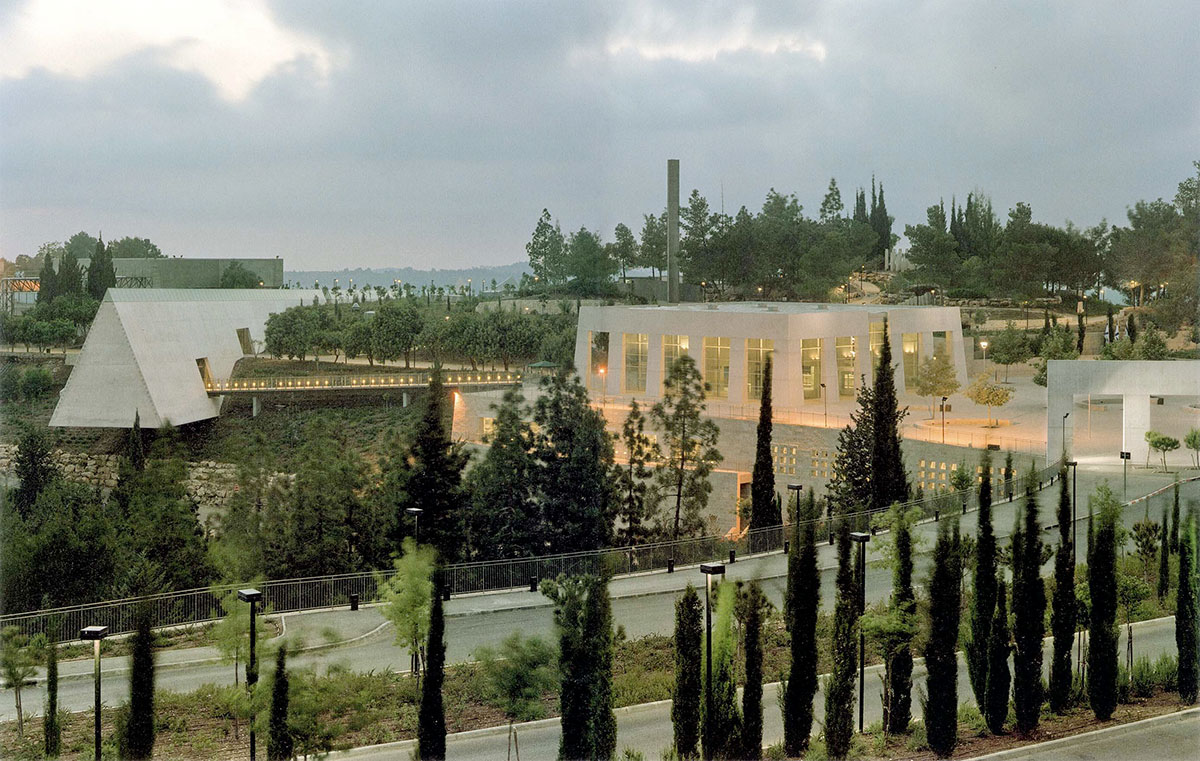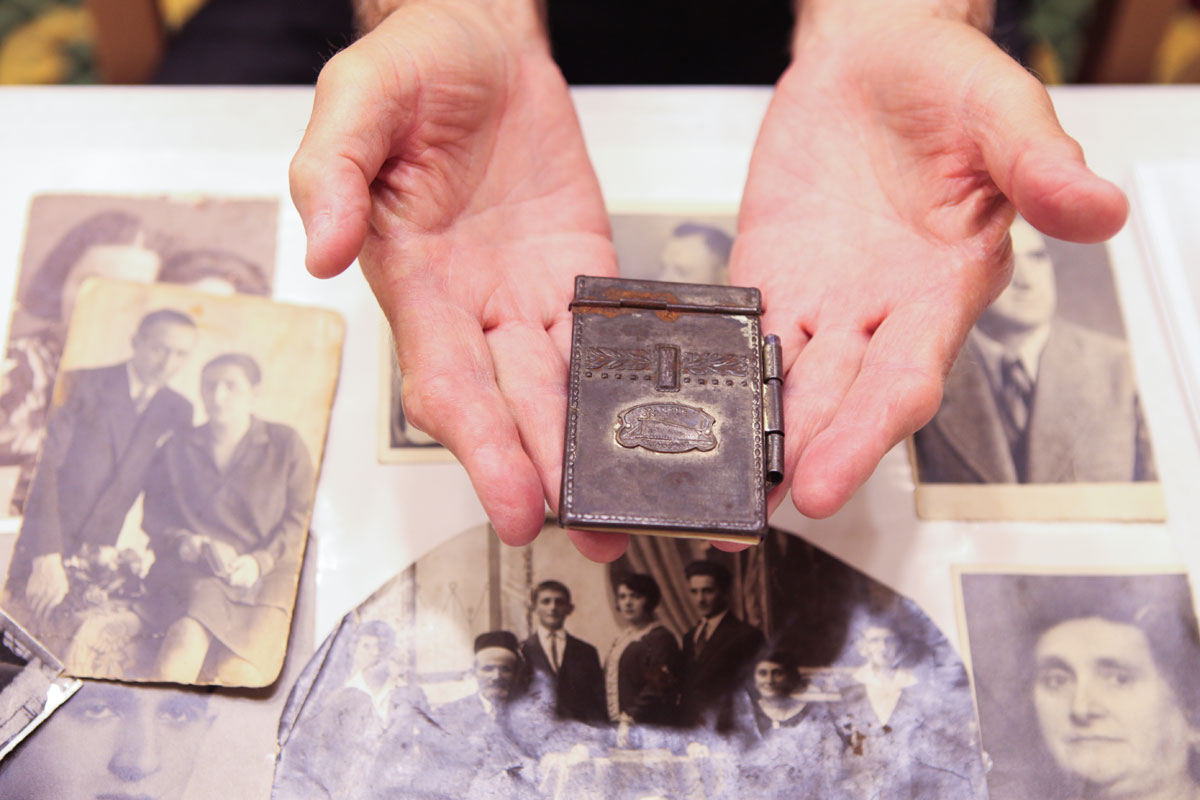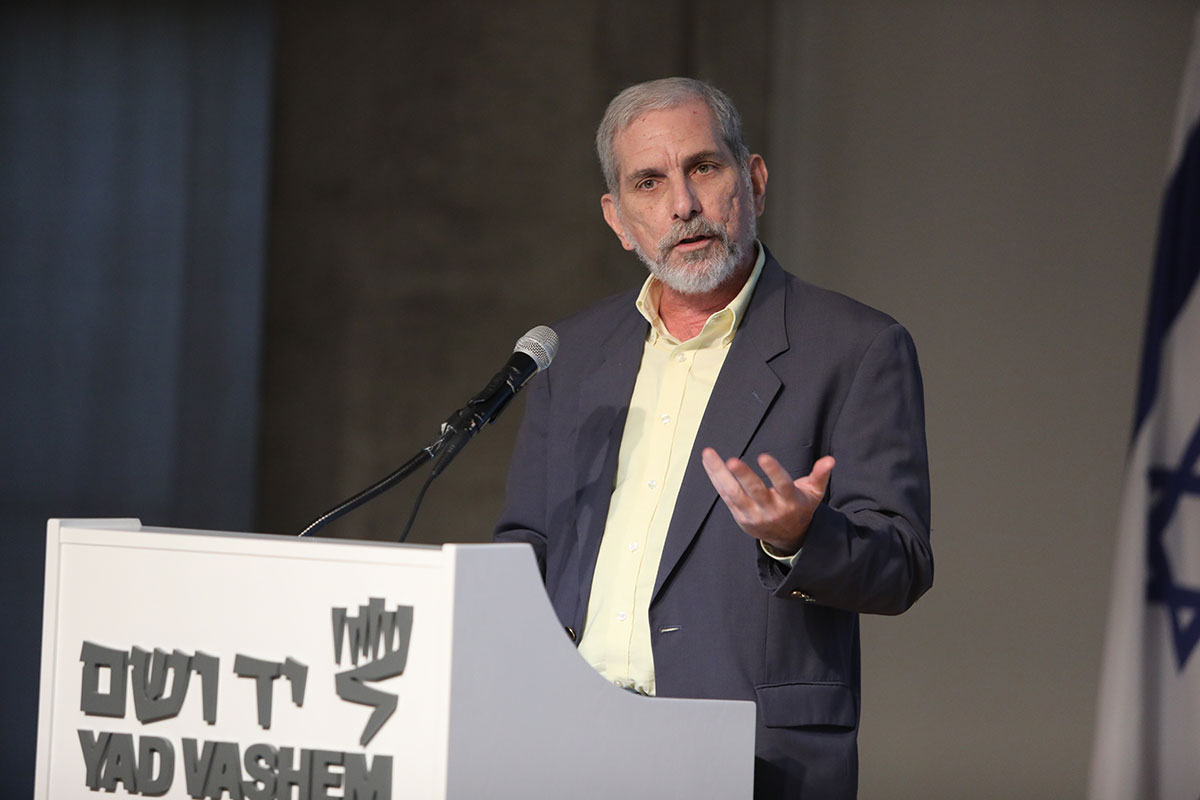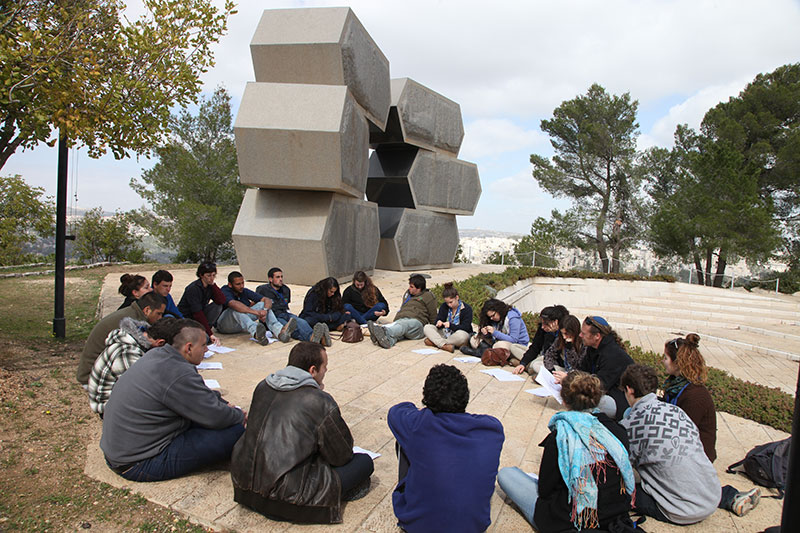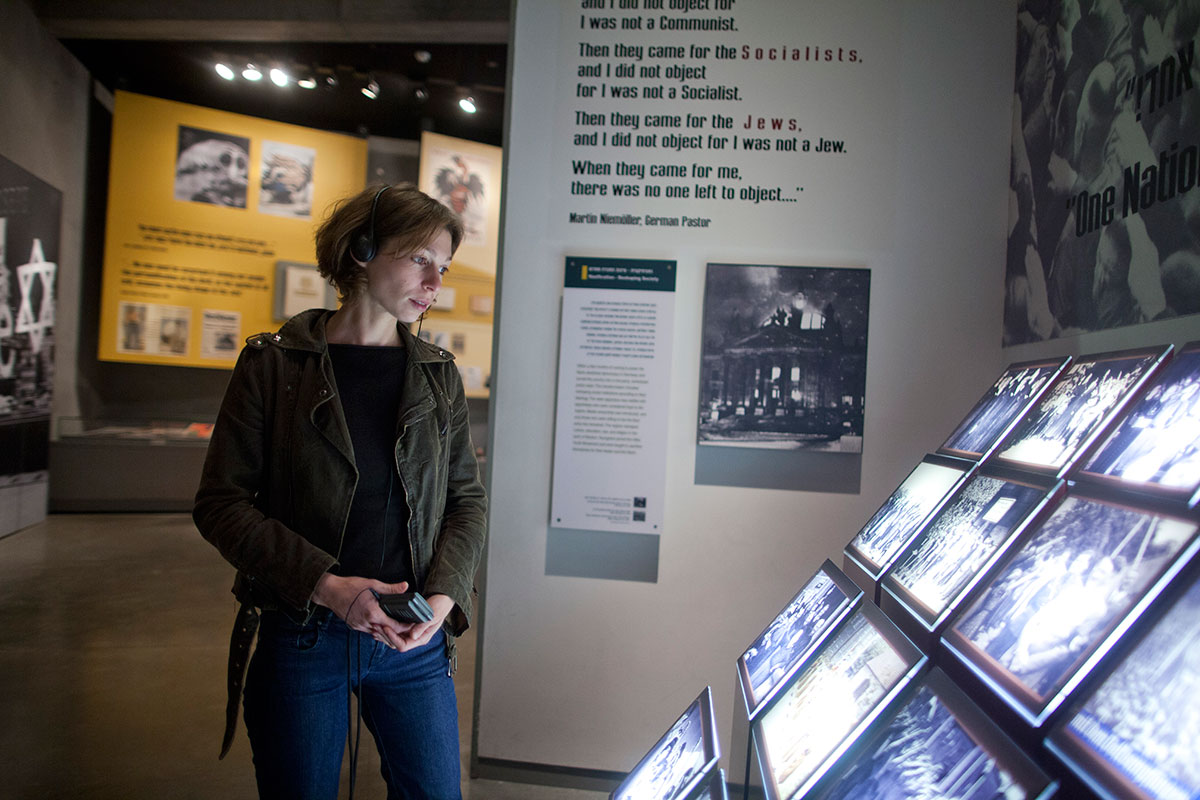″And to them will I give in my house and within my walls a memorial and a name (a ΄yad vashem΄)... that shall not be cut off.″
(Isaiah, chapter 56, verse 5)
Established in 1953 by an act of the Knesset (Israeli Parliament), Yad Vashem, the World Holocaust Remembrance Center, is entrusted with the task of commemorating, documenting, researching and educating about the Holocaust: remembering the six million Jews murdered by the German Nazis and their collaborators, the destroyed Jewish communities, and the ghetto and resistance fighters; and honoring the Righteous Among the Nations who risked their lives to rescue Jews during the Holocaust. Yad Vashem encompasses 45 acres on the Mount of Remembrance in Jerusalem and is comprised of various museums, research and education centers, monuments and memorials. Among these are the Museum Complex, the Hall of Remembrance, the Valley of the Communities and the Children’s Memorial.
Each year some one million people visited Yad Vashem, and millions more visit its website, which is now available in eight languages.
With increasing interest being displayed worldwide in the events of the Holocaust as well as its Jewish and universal significance, and dramatic changes in the basic tools for commemoration, Yad Vashem continually strives to meaningfully impart the memory and meanings of the Holocaust to future generations. In order to meet the challenges facing Holocaust remembrance more than a half a century after the end of World War II, Yad Vashem has created an environment of multidimensional learning and commemoration comprised of four basic components:
Documentation
The collection and transfer to Yad Vashem of documents from Europe and North Africa, the filming of survivors’ testimonies, and the creation of the world’s largest and most comprehensive repository of material on the Holocaust on which the structure of remembrance rests, is an ongoing process.
The state-of-the-art Archives currently house hundreds of millions of pages of documentation, photographs, and video, audio and written testimonies. Efforts continue to collect the names and stories of each and every victim of the Holocaust, and the Central Database of Shoah Victims’ Names now includes more than 4,800,000 names of Holocaust victims. The source of close to half the total number of names is from Pages of Testimony, while the remainder were gleaned from archival lists and documents.
The Library contains the world's most comprehensive collection of published Holocaust-related material, allowing researchers, educators and the general public access to a wealth of published information on this seminal event in history.
Yad Vashem’s Visual Center is the foremost resource center of cinematic work related to the Holocaust. The Center allows access to survivor testimonies as well as Holocaust-related films of all genres – documentaries, feature films, personal family videos, animated films, news items and more – enabling database research and viewing of the entire film collection.
Research
The International Institute for Holocaust Research encourages, supports and advances scholarly studies on the Holocaust. Its projects help lay the foundations for additional investigation of the cataclysmic events that took place during the Shoah, not only providing a source of information, but also promoting future research by other scholars. Through its workshops and conferences, as well as the plethora of publications it publishes and disseminates, the Research Institute encourages stimulating academic discourse and promotes fresh insights into core topics of the Holocaust. A number of specialized research centers focus on the history of the Holocaust in the areas of the FSU, Poland and Germany, as well as the aftermath of the Shoah and its commemoration worldwide. The Institute also publishes Yad Vashem Studies, a biannual academic journal featuring articles on the cutting edge of research on the Holocaust, as well as some 30 books a year, ranging from in-depth research studies and encyclopedias to survivor memoirs and diaries.
Education
The International School for Holocaust Studies – the only school of its kind in the world – offers extensive activities for students and educators in the field of Holocaust education and develops innovative methods, creative materials and multimedia tools tailor-made for teachers worldwide. Hundreds of thousands of teachers and students, from Israel and around the world, attend educational programs and intensive seminars at Yad Vashem every year. Tens of thousands more participate in online courses as well as educational activities in their home countries. International conferences provide a meeting place for educators from across the globe, where they are given the opportunity to expand their knowledge of the Holocaust and tools to impart it to their students, all the while developing a vital network of colleagues. Preparatory courses for students and officers of the IDF embarking on journeys to Poland also take place throughout the year. The Learning Center is an interactive educational experience that allows visitors to delve into the historical and moral issues and dilemmas that arise from the Holocaust.
Remembrance
The central component of Yad Vashem's Museum Complex is the Holocaust History Museum, which depicts the Holocaust from both a Jewish and personal perspective through authentic artifacts, writings and documents belonging to the victims, as well as through survivor testimonies.
Other integral parts of the Complex are the Museum of Holocaust Art, displaying pieces from the world’s most extensive collection of Holocaust-related artworks; the Exhibitions Pavilion, displaying rotating special exhibitions; and a Synagogue that serves as a place for private and public prayer, as well as memorial services for decimated Jewish communities. The Synagogue includes a permanent exhibit of Torah arks and other Judaica recovered from destroyed synagogues in Europe.
Yad Vashem holds dozens of commemorative events throughout the year, many in conjunction with survivor organizations, in memory of the victims of the Shoah and the destroyed Jewish communities. Each year, the President and Prime Minister of the State of Israel, dignitaries, diplomats and leading figures from around the world join survivors and their families at the official Holocaust Remembrance Day events at Yad Vashem.
Part of the law establishing Yad Vashem calls for recognizing non-Jews who risked their lives to rescue Jews during the Holocaust. In a unique program, 27,000 individuals have been recognized to date as Righteous Among the Nations. Each year, hundreds of new Righteous are recognized, as their stories and accounts of rescue continue to come to light. The Righteous are honored at Yad Vashem with trees planted in their names throughout the Mount of Remembrance, or with their names engraved on the Wall of Honor in the Garden of the Righteous Among the Nations. In addition, their stories are told in The Encyclopedia of the Righteous Among the Nations. Names of the Righteous Among the Nations are available online through a searchable database on the Yad Vashem website, which includes historical information, images and other material on these inspiring accounts.

